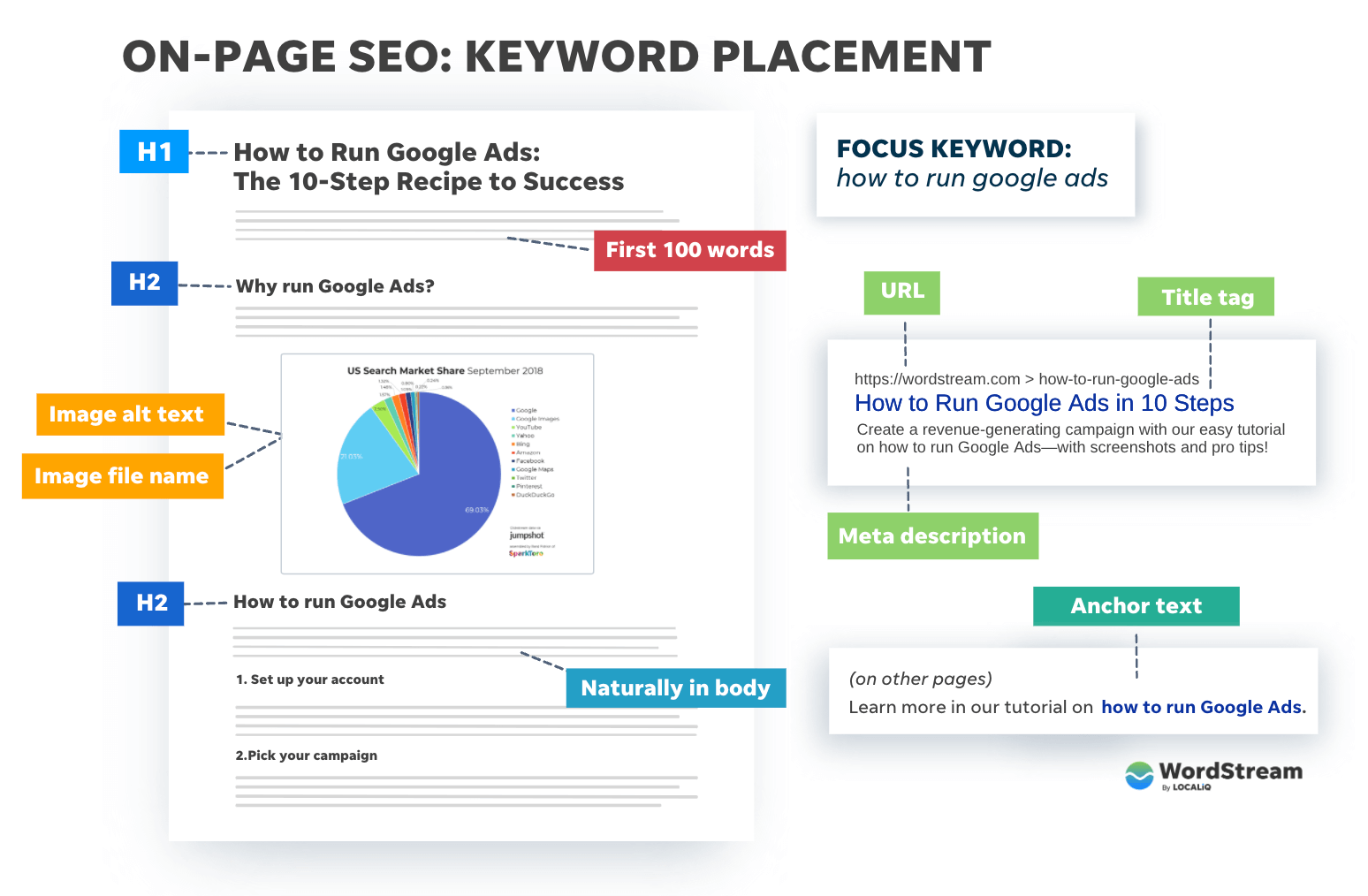A Comprehensive Guide to Secondary Dimensions in Google Analytics: Unveiling Its Function in Information Analysis
A Comprehensive Guide to Secondary Dimensions in Google Analytics: Unveiling Its Function in Information Analysis
Blog Article
Optimizing Your Data Interpretation With Second Dimension in Google Analytics for Informed Decision-Making
Google Analytics, a powerful device in the hands of electronic marketing professionals and analysts, uses a feature understood as Secondary Dimension. By touching into the abilities of Second Dimension, individuals can obtain a much more comprehensive view of their data, enabling them to make strategic choices based on a much more nuanced and comprehensive analysis.
Comprehending Second Dimension Capability
Comprehending the additional measurement functionality in Google Analytics boosts the depth of information analysis by supplying additional context to primary metrics. By incorporating an additional measurement, analysts can segment and compare data, obtaining insights that would certainly otherwise continue to be concealed. This feature permits individuals to see information via various lenses, such as the source of web traffic, individual actions, or geographical area, using an extra thorough understanding of site efficiency.
Utilizing second measurements can disclose patterns and correlations that might not appear when looking solely at main metrics. Combining the primary metric of page views with a secondary measurement like device category can reveal whether particular devices drive more website traffic to certain web pages. This details can then inform website optimization methods tailored to different device users.
Applying Second Dimension in Records
Building upon the understandings gained via additional measurement evaluation, integrating these measurements properly into records in Google Analytics is essential for drawing out workable data-driven decisions. what is a secondary dimension in google analytics. By implementing second measurements in reports, customers can dive much deeper right into the performance metrics of their internet site or app. This function enables a much more comprehensive analysis by offering additional context to the key dimension selected
To apply an additional dimension in records, just navigate to the wanted report in Google Analytics and click on the "Additional measurement" tab situated above the information table. From there, customers can pick from a large range of second measurements such as 'Source/Medium', 'Gadget Classification', or 'Landing Page'. Selecting one of the most pertinent additional measurement will certainly rely on the details insights you are seeking to reveal.
Using secondary measurements in records not just improves the depth of analysis but also aids in determining fads, patterns, and connections that might have otherwise gone undetected. This calculated strategy to information analysis enables companies to make educated decisions that drive development and success.

Studying Data With Second Dimensions
Upon integrating second dimensions right into data evaluation within Google Analytics, a comprehensive exam of essential efficiency indicators can be attained, using important insights for critical decision-making. By utilizing additional dimensions, experts can better study their primary information measurements, such as traffic sources or customer demographics, to uncover patterns or trends that may not be instantly apparent. This deeper degree of evaluation enables an extra comprehensive understanding of individual habits and communications on an internet site or electronic platform.
Examining information with second measurements enables marketing professionals and web site owners to answer even more details inquiries concerning their target market, material efficiency, and advertising and marketing initiatives. By combining the key dimension of website traffic resources with a secondary measurement like geographical place, companies can identify which areas drive the most useful traffic to their website. This kind of granular insight can inform advertising and marketing methods, go to this web-site web content development, and internet site optimization efforts to much better provide to the requirements and preferences of their target audience.
Leveraging Second Dimensions for Insights
By including secondary measurements efficiently, experts can remove deeper insights from information embed in Google Analytics, improving the understanding of customer behavior and performance metrics. Leveraging second measurements involves incorporating different features or metrics with primary data to reveal patterns and trends that might not be evident in the beginning glimpse. As an example, by including an additional dimension such as 'Tool Classification' to a report on website web traffic, experts can recognize whether user actions differs across various gadgets like desktop computers, smart phones, or tablets.
Furthermore, utilizing second measurements allows analysts to section information more granularly, enabling them to recognize specific target visit site market sectors or geographical areas that show distinct behaviors. what is a secondary dimension in google analytics. This division can be important in customizing marketing methods, maximizing website content, or boosting individual experience based upon the one-of-a-kind attributes of each section
Fundamentally, leveraging second measurements in Google Analytics encourages experts to dive deeper right into information, derive meaningful understandings, and make informed decisions that drive company growth and success.
Enhancing Decision-Making With Additional Measurements
Using second dimensions in data evaluation provides a calculated benefit by revealing actionable understandings that drive notified decision-making in Google Analytics. By enhancing decision-making via additional dimensions, customers can dig much deeper into their information to extract useful info that may not be instantly obvious. These extra measurements provide an even more detailed sight of customer behavior, communications, and outcomes, enabling analysts to make even more informed choices based upon concrete data.
Via the usage of second dimensions, experts can section and filter information to determine patterns, fads, and connections that may affect decision-making procedures. This check enhanced degree of granularity allows for a much more targeted method to analyzing information, bring about more insightful and accurate final thoughts.
Furthermore, additional dimensions give the possibility to compare various data factors side by side, helping with an extra detailed analysis of performance metrics and KPIs. By leveraging secondary measurements efficiently, organizations can enhance their approaches, improve individual experiences, and inevitably achieve their goals with self-confidence.
Final Thought

Structure upon the understandings acquired via secondary measurement evaluation, integrating these measurements efficiently right into records in Google Analytics is vital for drawing out workable data-driven choices.To execute a secondary measurement in reports, merely navigate to the preferred record in Google Analytics and click on the "Additional measurement" tab situated above the data table. By using additional measurements, experts can further explore their main information dimensions, such as traffic resources or user demographics, to discover patterns or fads that may not be instantly apparent. By combining the primary measurement of traffic sources with a second measurement like geographical location, services can identify which regions drive the most valuable web traffic to their site.By incorporating secondary dimensions effectively, experts can remove much deeper understandings from data sets in Google Analytics, enhancing the understanding of user actions and efficiency metrics.
Report this page